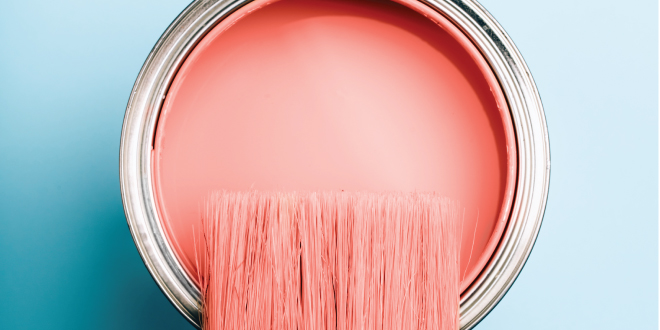In what seems to be a common refrain for many types of products and services involved in home remodeling and renovation, the paint product market has been overwhelmed with strong demand and supply constraints in the previous year. Early in the pandemic, homeowners confined to their homes did exactly what you would expect and began to modify their houses. At that point, due to the understandable health concerns, much of that work was DIY.
Historically, the Home Improvement Research Institute (HIRI) has tracked painting as one of the lowest barriers and easiest DIY entries in home remodeling. Paint and preservative sales estimates demonstrated significant DIY painting activity throughout 2020 with 15.6% growth and another 8% growth in 2021, showing there was very high demand for paint products. In fact, in HIRI research, we see the number of households that purchased paint and sundries increased by 16% from 2019 to 2021.
Moving forward to this year, we are seeing a slightly different picture. On the consumer side, HIRI isn’t expecting to see any growth in paint sales over 2021. While it sounds negative, it is saying that demand is still at nearly an all-time high. There is no expected shrinkage in the market, just no growth. On the pro side, we see a shifted timeline compared to consumers. While 2020 had moderately strong growth for pros, it was not comparable to the consumer side of the equation. That difference shifted in 2021 with much stronger growth for pros than consumers. Now moving into 2022, pro sales growth is tempered but still much stronger than the consumer side.
Supply Becomes Major Focus
With strong demand for the better part of two years, paint suppliers, while rushing to meet demand, are struggling to keep up. While the manufacturers have been facing similar delays as manufacturers of other types of products, there are additional aspects that act as a headwind to keeping up with this strong demand. While not often thought about, there are dozens of individual components that go into making paint, and each of them has its own supply chain and constraints. Some of these supply chains have seen reduced production in some form or another. Originally, we were seeing additive shortages to create certain hues of blue paint in 2021. Without consistent dyes and additives, it becomes impossible to achieve consistency from one batch of paint to another.
Lately, we’ve been seeing more natural disasters playing a role: weather slowing down petroleum production, fires at a polymer factory, wildfires devastating linseed crops and others. These struggles will sort themselves out over time, but it is not an expedient process and will have some lasting impacts on the paint market for the next several quarters.
 Hardware Retailing The Industry's Source for Insights and Information
Hardware Retailing The Industry's Source for Insights and Information








